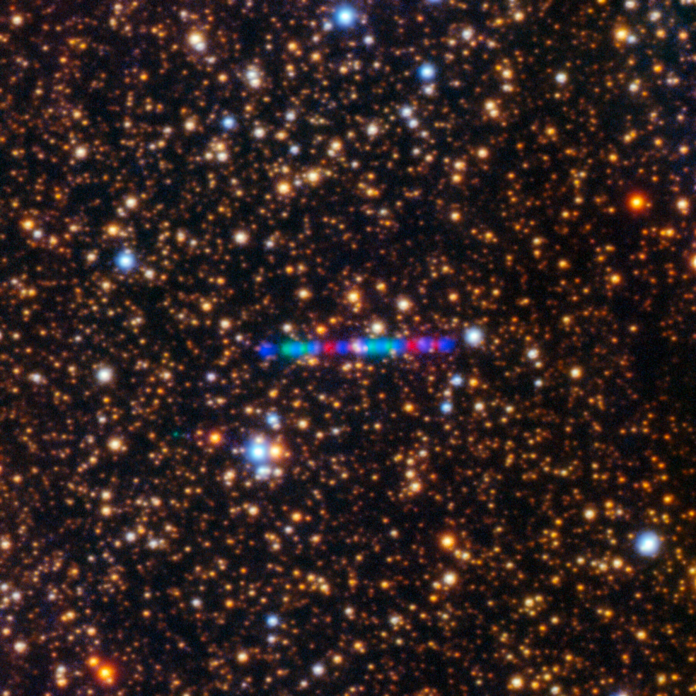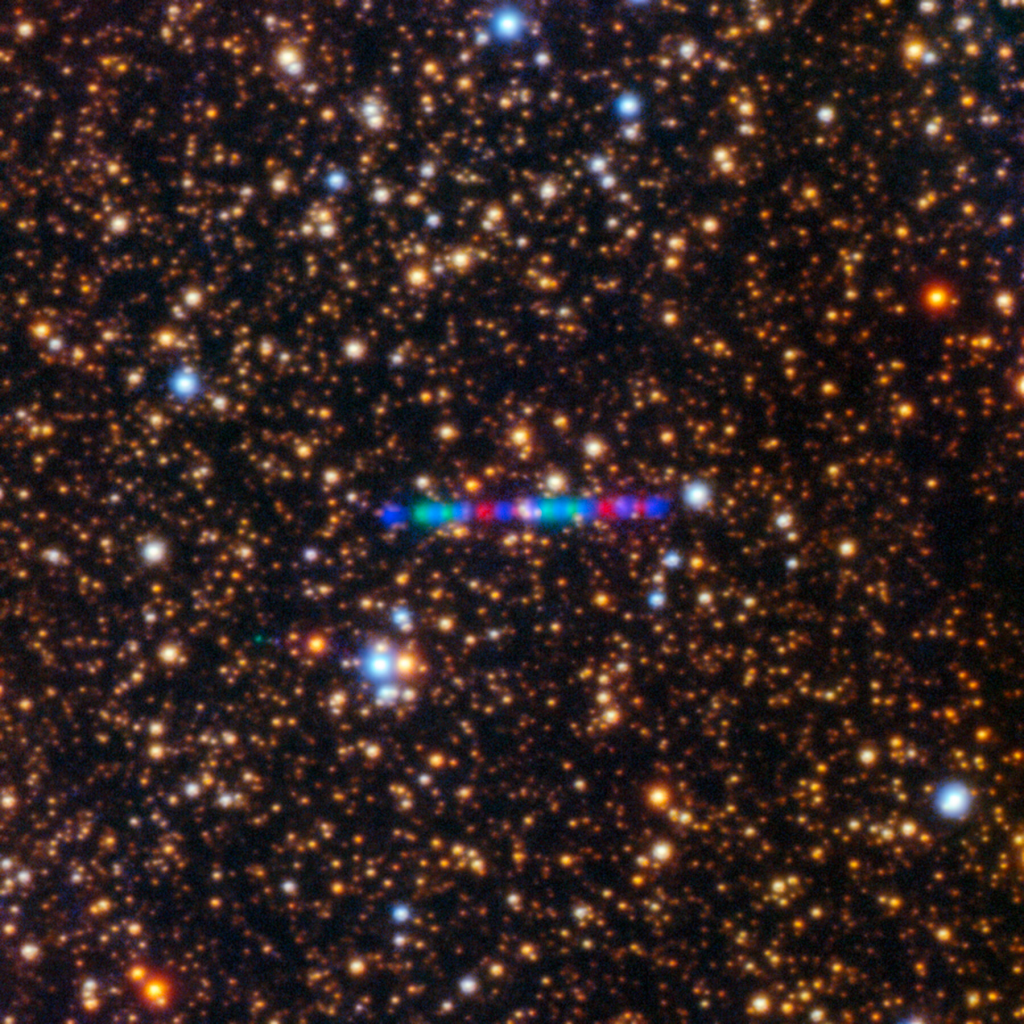
The faint speck that ATLAS in Chile detected on July 1, 2025, has become perhaps the most watched object in modern astronomy. Confirmed to be the third known interstellar visitor after 1I/ʻOumuamua and 2I/Borisov, comet 3I/ATLAS is not only larger and faster than its predecessors but offers an unprecedented chance to study material from beyond the Solar System. Coming close to perihelion on October 29, 2025, its secrets are being deciphered by scores of scientists around the world who have deployed an armada of instruments with the aim of assessing its origins, chemistry, and physical behavior.
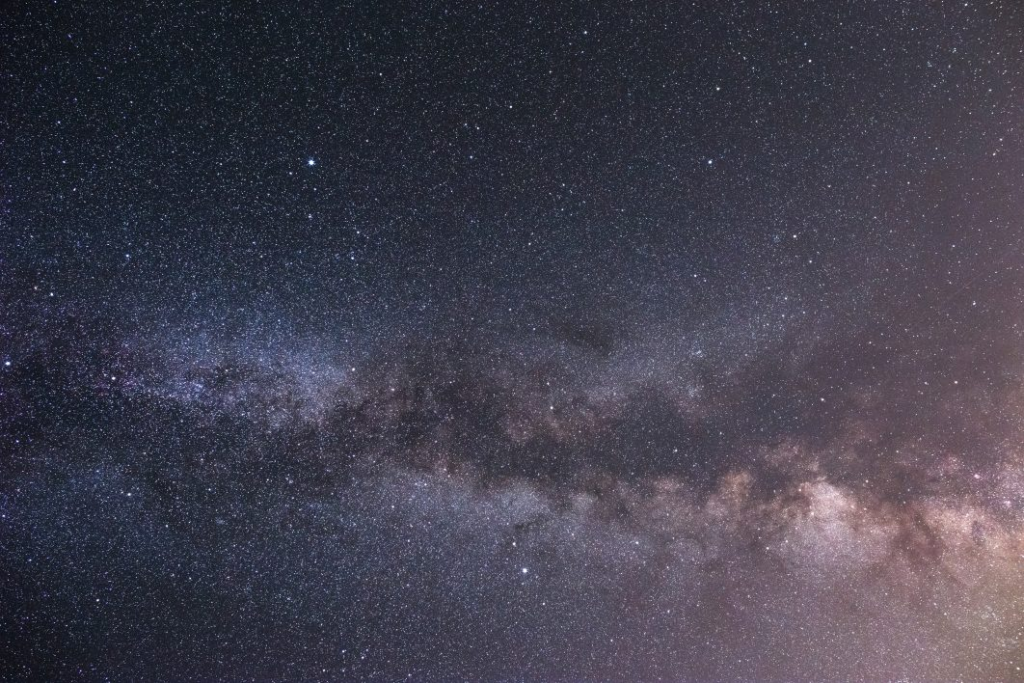
1. ATLAS Detection and Trajectory Analysis
ATLAS is designed to scan the skies for hazardous near-Earth objects, and it caught 3I/ATLAS when this comet was still over 420 million miles from the Sun. Archival data pushed its discovery history back to June 14, 2025, which helped astronomers confirm that it is on a hyperbolic trajectory-a telltale signature of an interstellar origin. Traveling about 137,000 mph (61 km/s), the comet will never return, passing closest to Earth at 1.8 astronomical units (AU), or roughly 270 million kilometers. Its path traces backward toward the constellation Sagittarius, near the central bulge of the Milky Way.
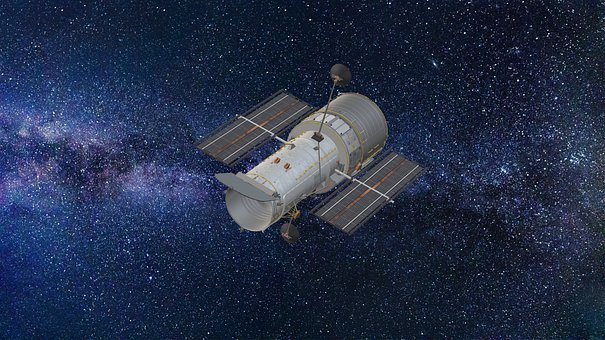
2. Physical Characteristics and Imaging Campaigns
Observations with the Hubble Space Telescope estimated the diameter of the nucleus to be between 440 meters and 5.6 kilometers, with a teardrop-shaped coma of dust enveloping an icy core. Sunward jets of gas and dust extending up to 10,000 kilometers, wholly consistent with the standard model of cometary outgassing, were also seen with ground-based telescopes including Gemini South and the Two-meter Twin Telescope in Spain. Those arise from uneven heating of the surface, creating geyser-like eruptions, that, as the nucleus rotates, create fan-shaped plumes.
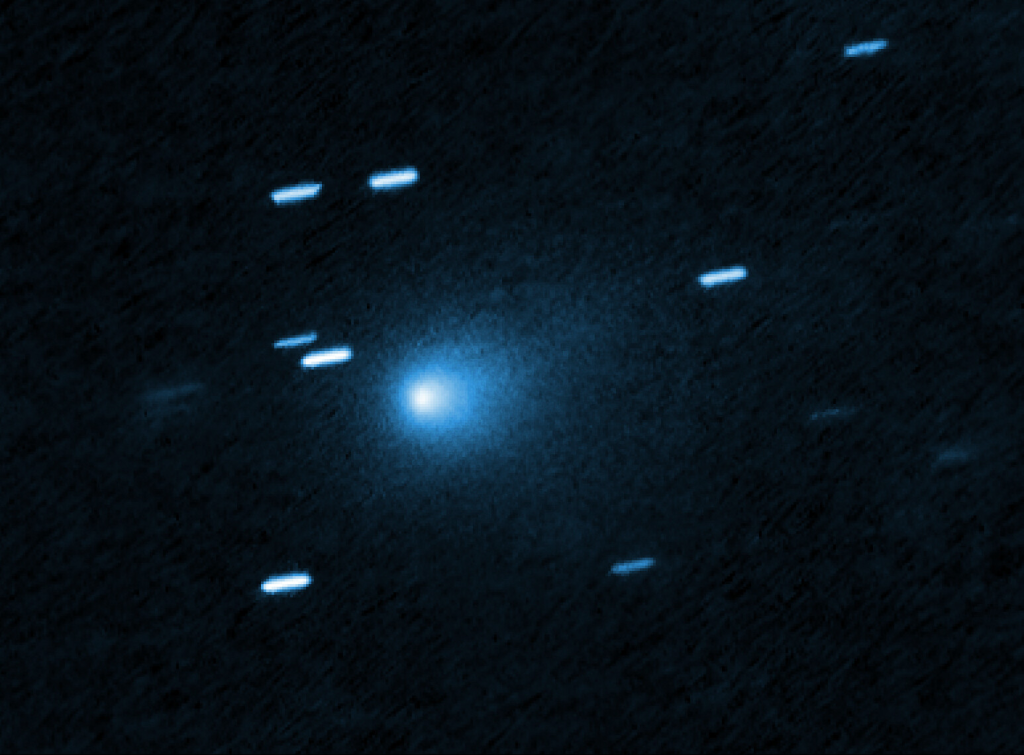
3. The Controversial Alien Probe Hypothesis
Harvard astrophysicist Avi Loeb at first suggested, as a “pedagogical exercise,” that 3I/ATLAS could be an extraterrestrial probe based on the “Dark Forest” hypothesis. He noted that its low retrograde tilt to the ecliptic would enable planetary access and speculated on a possible covert, reverse Solar Oberth Manoeuvre to brake into a bound solar orbit. Loeb also referred to a number of anomalies that he said could point to industrial manufacture, including very rare trajectory alignment and possible composition rich in nickel without iron. While interesting, these claims are unsupported by peer-reviewed evidence to date.
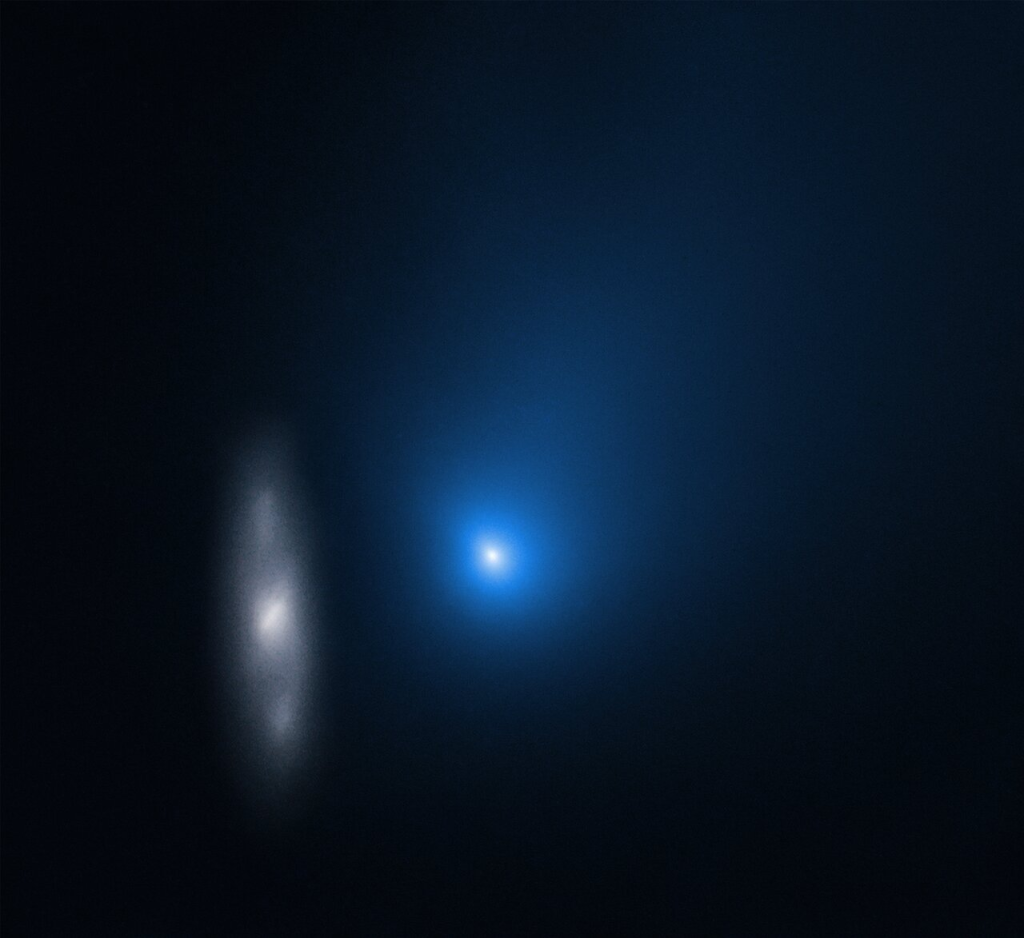
4. Scientific Counterarguments and Natural Origins
SETI scientist AKM Eahsanul Haque argues that such an orbital alignment is statistically improbable but could be realistically possible for interstellar objects based on the galactic disk orientation relative to the Solar System. The eccentricity of ~6.1 and the velocity constitute values that are to be expected from gravitational ejection models originating from distant star systems. As to spectral slope, the comparisons with D-Type asteroids and 2I/Borisov are consistent with natural bodies. Finally, Haque emphasizes that the absence of any non-gravitational acceleration other than outgassing provides strong evidence against artificial propulsion.
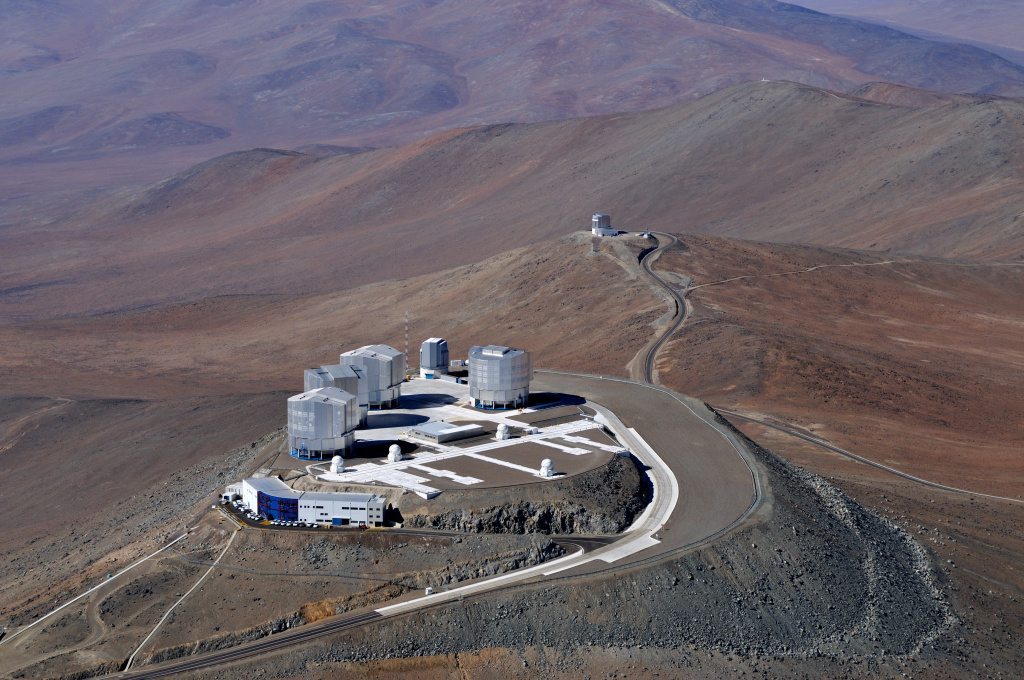
5. Unusual Chemistry: Nickel Without Iron
One team, using the Very Large Telescope, was able to detect atomic nickel vapor as far away as 3.88 AU from the Sun-much colder than typical sublimation temperatures for metals. This suggests that the nickel may be bound up in volatile molecules that are photo-dissociated by sunlight and thus release metals to space at low temperature. James Webb Space Telescope data show a carbon dioxide-rich coma as compared to water, with carbon monoxide and water ice particles, pointing to a complex ancient composition that could date billions of years before the Sun’s birth.
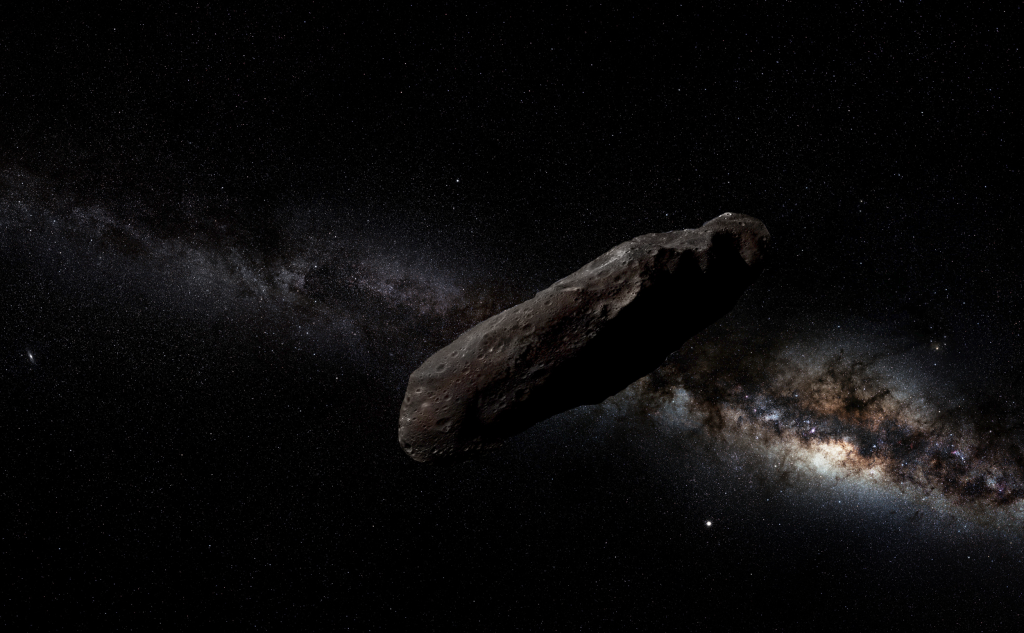
6. Comparative Insights from Previous Interstellar Visitors
Whereas 1I/’Oumuamua showed an uncanny acceleration and 2I/Borisov exhibited pronounced cometary activity, 3I/ATLAS couples high velocity to large size and stable outgassing behavior. Its chemical profile and dust-loss rates match expectations for comets first detected hundreds of millions of miles from the Sun, yet its nickel-rich, iron-poor signature distinguishes it from most Solar System comets.
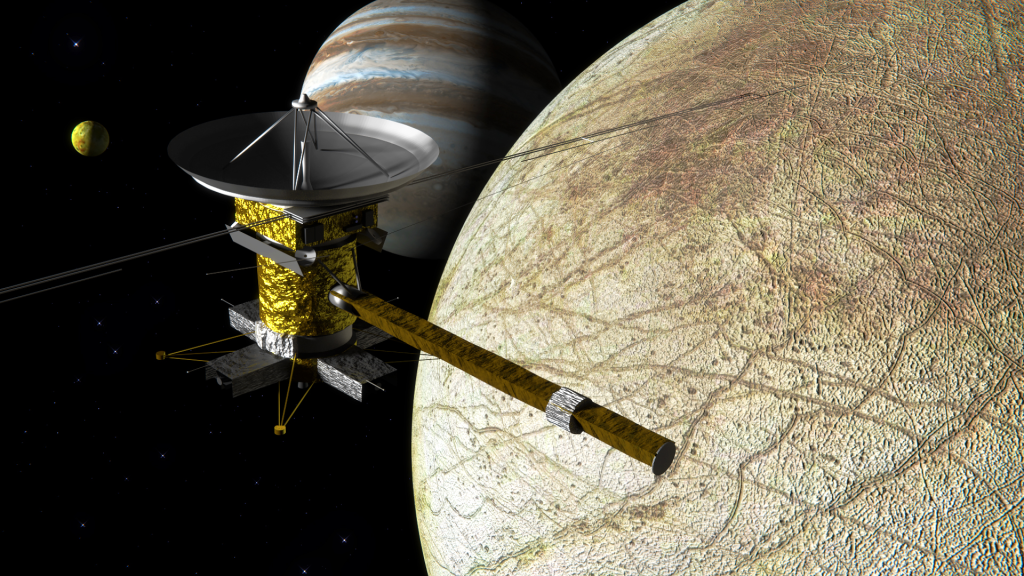
7. Spacecraft Opportunities: Sampling the Ion Tail
Between October 30 and November 6, the NASA Europa Clipper spacecraft may pass through the ion tail of the comet and could intercept the charged particles propelled by the solar wind. Using the Tailcatcher program, scientists have estimated that the heavier water-group ions emanating from the comet can be differentiated from the Sun’s proton-helium-dominated wind due to chemical abundance and flow deflection. A detection like this would form a rare indirect sample of interstellar material, supplementing remote spectroscopy.
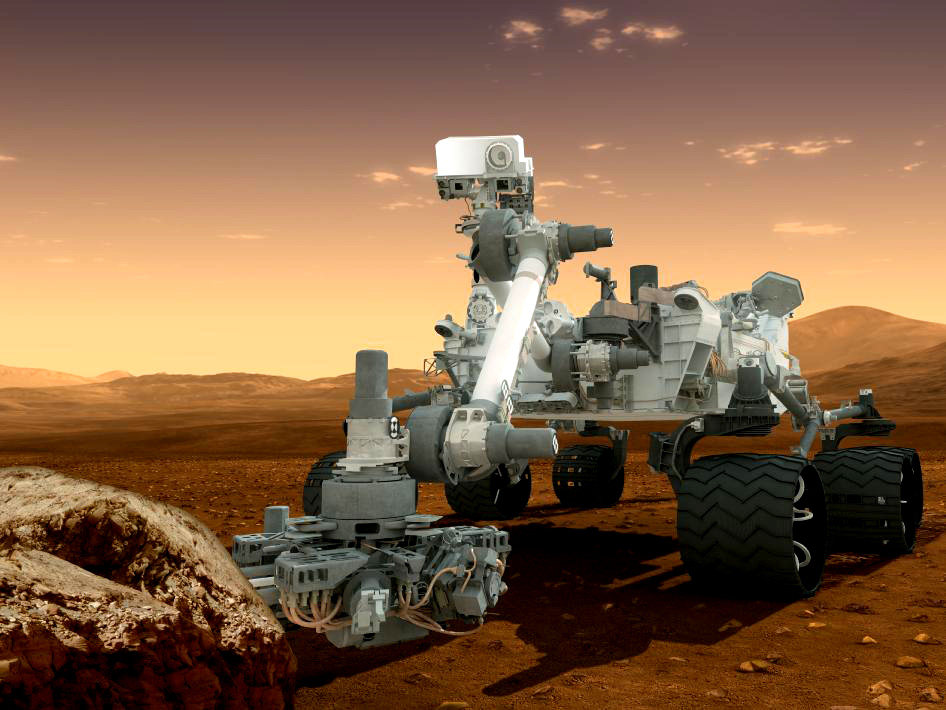
8. Engineering and Observational Coordination
NASA’s multi-mission approach with Hubble, Webb, SPHEREx, Mars rovers, Parker Solar Probe, and ESA’s SOHO showcases joint astronomical engineering. Each of these platforms targets different wavelengths and/or particle environments, creating a richly integrated dataset about the morphology, chemistry, and dynamics of 3I/ATLAS. This integration of orbital and planetary assets will maximize the scientific return from a fleeting, one-time encounter.
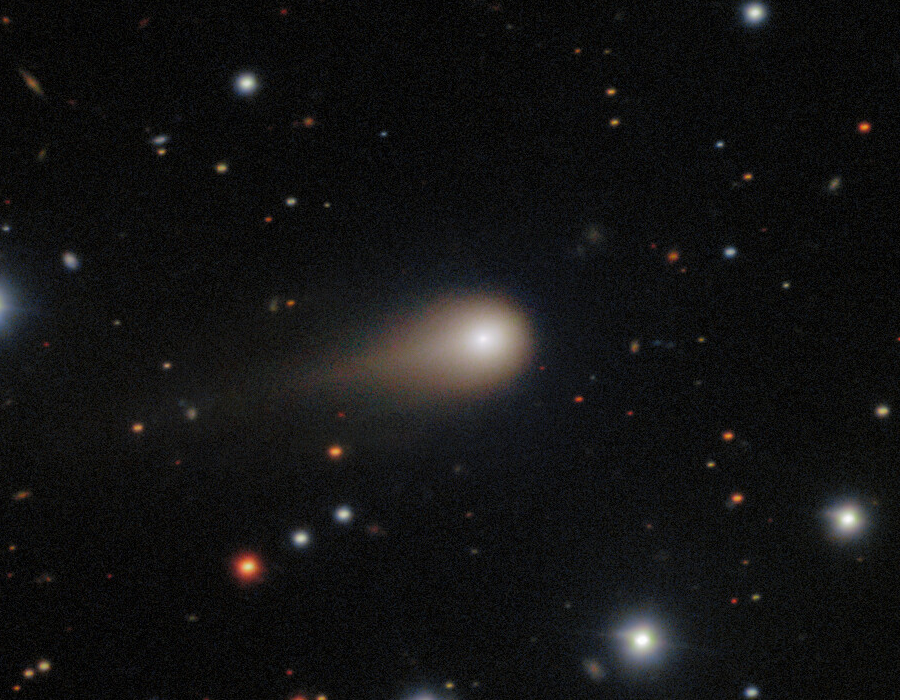
As 3I/ATLAS swings around the Sun and heads toward Jupiter in March 2026, its behavior will continue testing models of cometary physics and interstellar chemistry. Whether viewed as a natural relic or a speculative probe, it remains a rare messenger from another star system-a frozen archive of galactic history hurtling past our doorstep.
